Personal Automotive Insurance
Whether you own or lease your auto, it is crucial to protect your vehicle from theft and damage. It is also important to protect yourself, your family and your passengers through personal liability coverage.
Compulsory Auto Policy Coverage
- Bodily Injury to Others
- Bodily Injury Caused by Uninsured Auto
- Property Damage Liability
- Medical Payments
- Personal Injury Protection (PIP)
Recommended Coverages
- Collision
- Comprehensive
- Substitute Transportation
- Towing and Labor
Purchasing a vehicle is a significant financial commitment. Making sure it is protected with the right coverage is critical. To properly protect yourself from the omnipresent danger of huge awards for auto liability, it is imperative that you maintain the proper level of coverage for your particular situation.
Interpreting the various types of coverage offered under your auto insurance policy can be tricky, that’s where we can help. Auto insurance rates are determined by several individual factors. We are here to help you navigate the coverages you may need and the factors impacting car insurance rates now. Some of these include:
Age of Insured Driver(s) – Young drivers under the age of 25 are statistically up to four times more likely to be in an accident, so rates are typically higher than their older counterparts. Additionally, males under the age of 25 will be more expensive to insure than females of that age.
Driver Record – Studies indicate that drivers with past claims are more likely to have future claims. Drivers with moving violations, accidents and/or claims in the past three years will usually pay a higher price for their automobile insurance than those ensuring the same vehicle but are “loss-free.”
The Type of Vehicle You Drive – Both size and performance impact premium costs:
- Size: Larger cars tend to be less expensive to insure than smaller cars because they typically suffer less damage in an accident.
- Performance: High-performance vehicles, such as sports cars, tend to be more expensive to insure since they are statistically driven more aggressively. As a result, they tend to be involved in accidents more frequently.
Value and Age of Car – As a simple rule of thumb, the more expensive the car, the more it will cost to insure. The newer the vehicle, the more it costs to insure.
Car Features – You can earn premium discounts based on the vehicles safety features, such as anti-lock brakes, air bags, anti-theft devices and having more than one car on the policy.
Vehicle Usage and Location – Typically, the higher the annual mileage, the higher the premium. Additionally, the more densely populated an area is, the higher the auto premium.
Deductible Choice – Your choice of deductible may increase or decrease your premium.
Purchasing auto liability coverage can offer you financial assistance if you are found liable for a vehicle-related incident. In most states, you are required to have two forms of liability coverage to meet the state’s minimum auto insurance requirements – Bodily Injury Liability and Property Damage Liability.
Bodily Injury liability coverage pays for medical expenses caused by an incident for which you are found at-fault. If you or others listed on your policy were to injure a third party with your vehicle, it would be covered under your bodily injury liability coverage. Not only does bodily injury liability cover medical expenses, it can also help cover lost wages of the injured party.
PIP is short for Personal Injury Protection Coverage. PIP is not the same as bodily injury liability coverage, PIP is designed to cover medical costs, lost wages and other expenses for you, drivers listed on your policy and passengers in your vehicle who may become injured due to a car accident—regardless of who is deemed at-fault. As such, it is also referred to as “no-fault” coverage. PIP coverage is not offered in all states. Since PIP requires your insurance company to help cover expenses regardless of who’s at fault for the incident, having PIP coverage typically results in higher premium costs.
Damage to your vehicle from a collision with another vehicle or object should be covered under your collision coverage. Collision coverage is typically required if your car is still being financed—but once your car is paid off, you often have the choice to keep or remove collision coverage from your auto policy. Although your policy may be cheaper without it, collision coverage can be beneficial in helping you cover damages to your vehicle for which you are found at-fault. If the damages were caused by a third party, it would be up to their insurance company to cover the damages.
Take the Next Step
Don’t wait until you have an accident to find out what is covered. Let us help provide you with the best coverage at a price you can afford. We work with you to understand your unique situation and customize an insurance program.
Thought Leadership

Flooding Happens Everywhere: Why Flood Insurance Matters
Flooding is one of the most frequent and costly natural disasters in the United States, according to the Federal Emergency Management Agency (FEMA). What makes

Dog Bite Liability Insurance and Prevention Tips
Sharing your home with dogs can be a delightful and rewarding experience, often providing you and your family with company and comfort while encouraging you

Avoiding Common Personal Insurance Coverage Gaps
Insurance plays a crucial role in your life’s financial security and stability. The various policies and coverages that make up your insurance portfolio can potentially



















